Glasnost in the USSR began after the Chernobyl disaster
Unlike the Hiroshima and Nagasaki bombings, the explosion resembled a very powerful “dirty bomb” - radioactive contamination was the main striking factor.

Consequences of the Chernobyl accident on April 26, 1986 (also known as the Chernobyl disaster) involved the destruction of the reactor at the fourth power unit of the Chernobyl Nuclear Power Plant, located near the city of Pripyat (Kyiv region, Ukrainian SSR, now Ukraine). The reactor destruction was explosive, resulting in the complete destruction of the reactor core and a massive release of radioactive substances into the environment. This accident is considered the largest in the history of nuclear power, both regarding the estimated number of deaths and people affected, as well as economic damage.

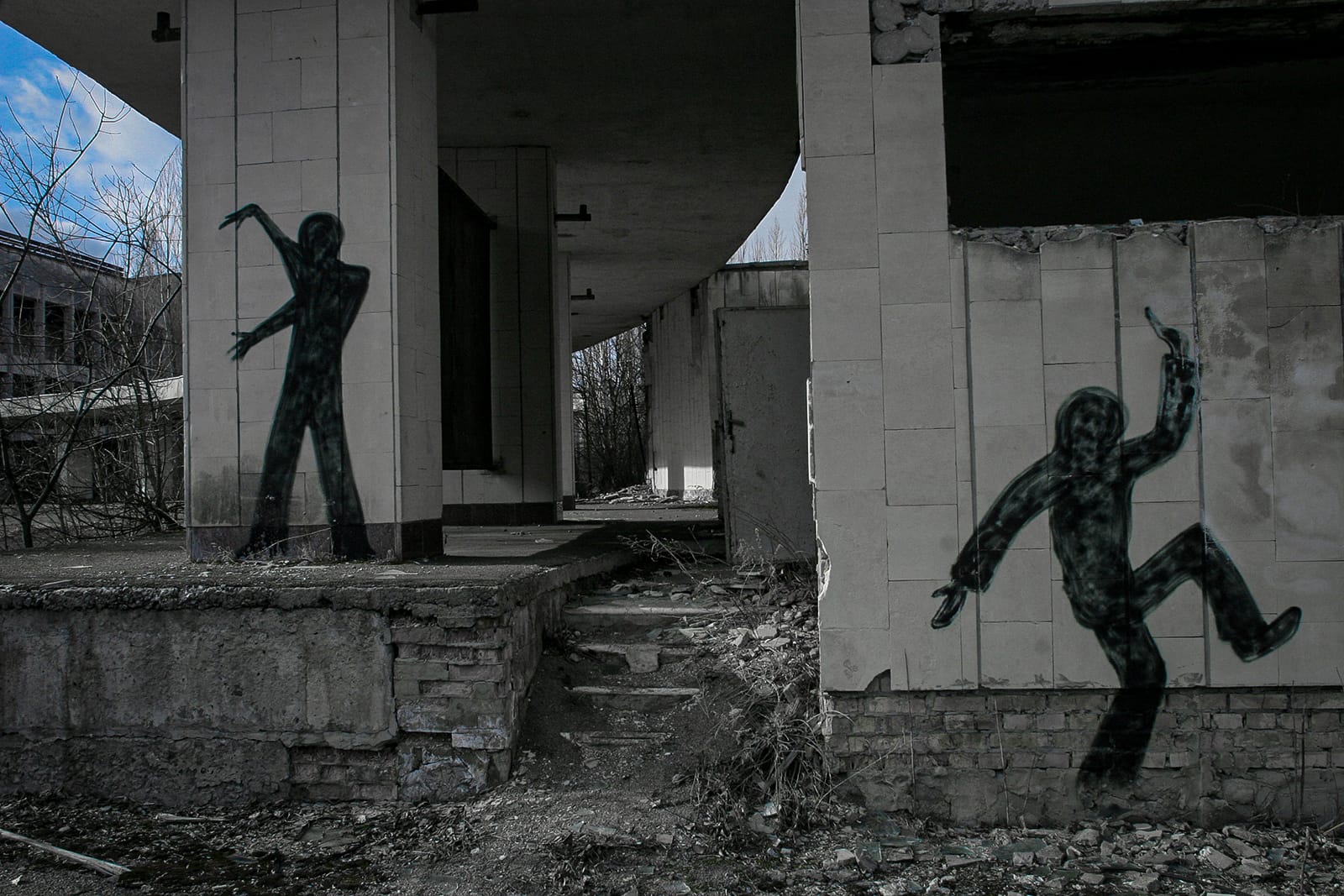
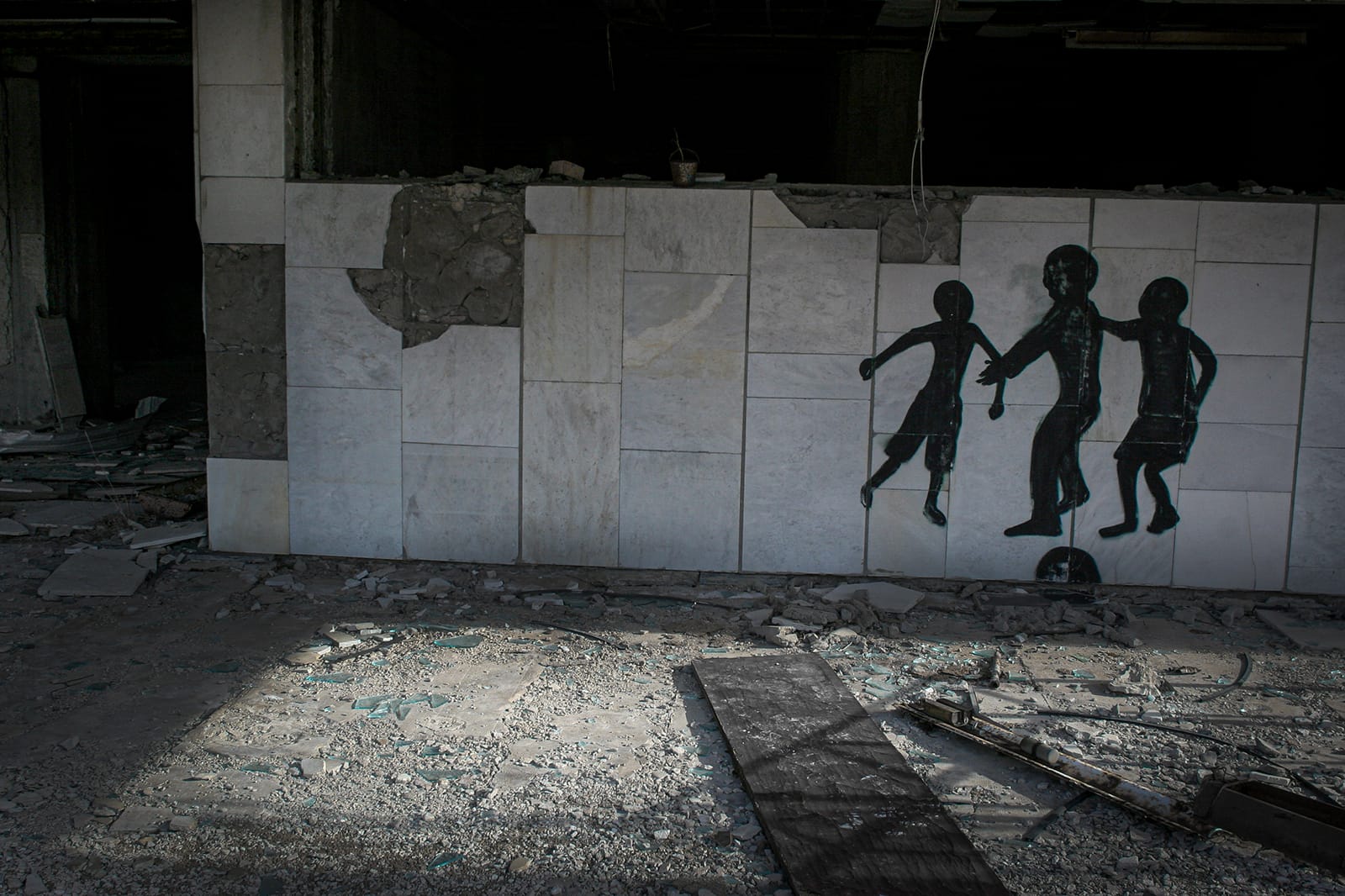
Photo: Chernobyl/Exclusion zone, Pripyat, Ukraine by Oleg Klimov, 2011
Unlike the atomic bombings of Hiroshima and Nagasaki, the explosion at Chernobyl resembled a very powerful "dirty bomb," where radioactive contamination was the primary damaging factor. The radioactive cloud from the burning reactor spread various radioactive materials, primarily radionuclides of iodine and cesium, across much of Europe. The most significant radioactive fallout occurred in areas of Belarus, Russia, and Ukraine. Over 115,000 people were evacuated from the 30-kilometer exclusion zone surrounding the nuclear power plant. Extensive resources were mobilized to mitigate the consequences, with more than 500,000 people participating in cleanup and containment efforts.



Photo: Chernobyl/Exclusion zone, Pripyat, Ukraine by Oleg Klimov, 2011
The Chernobyl accident also had significant social and political implications for the USSR, affecting the investigation into its causes. Experts do not have a unified opinion on the precise causes of the accident. Although the explanations provided by different nuclear specialists share general similarities, they differ in their descriptions of the specific mechanisms that triggered and escalated the emergency situation.
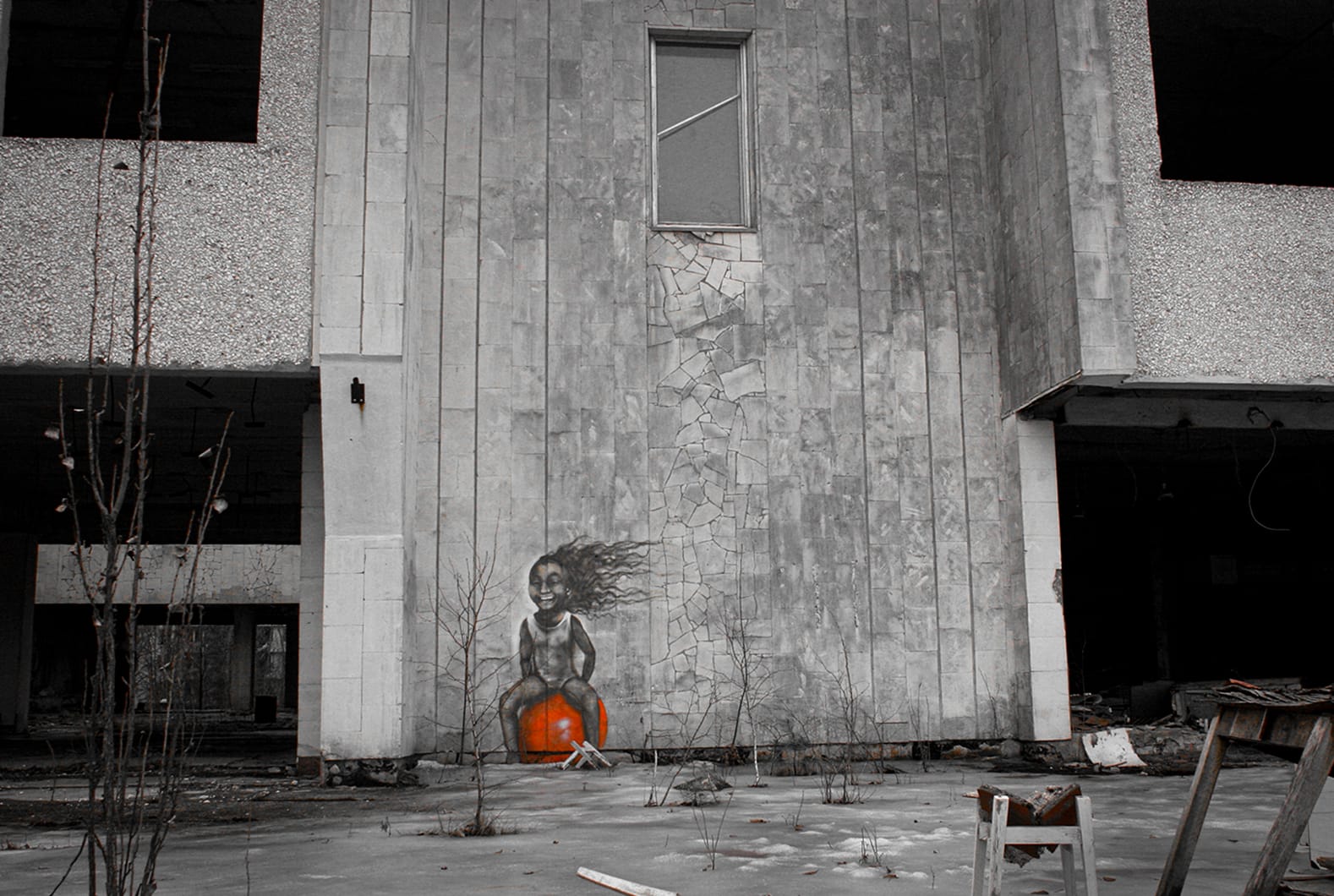
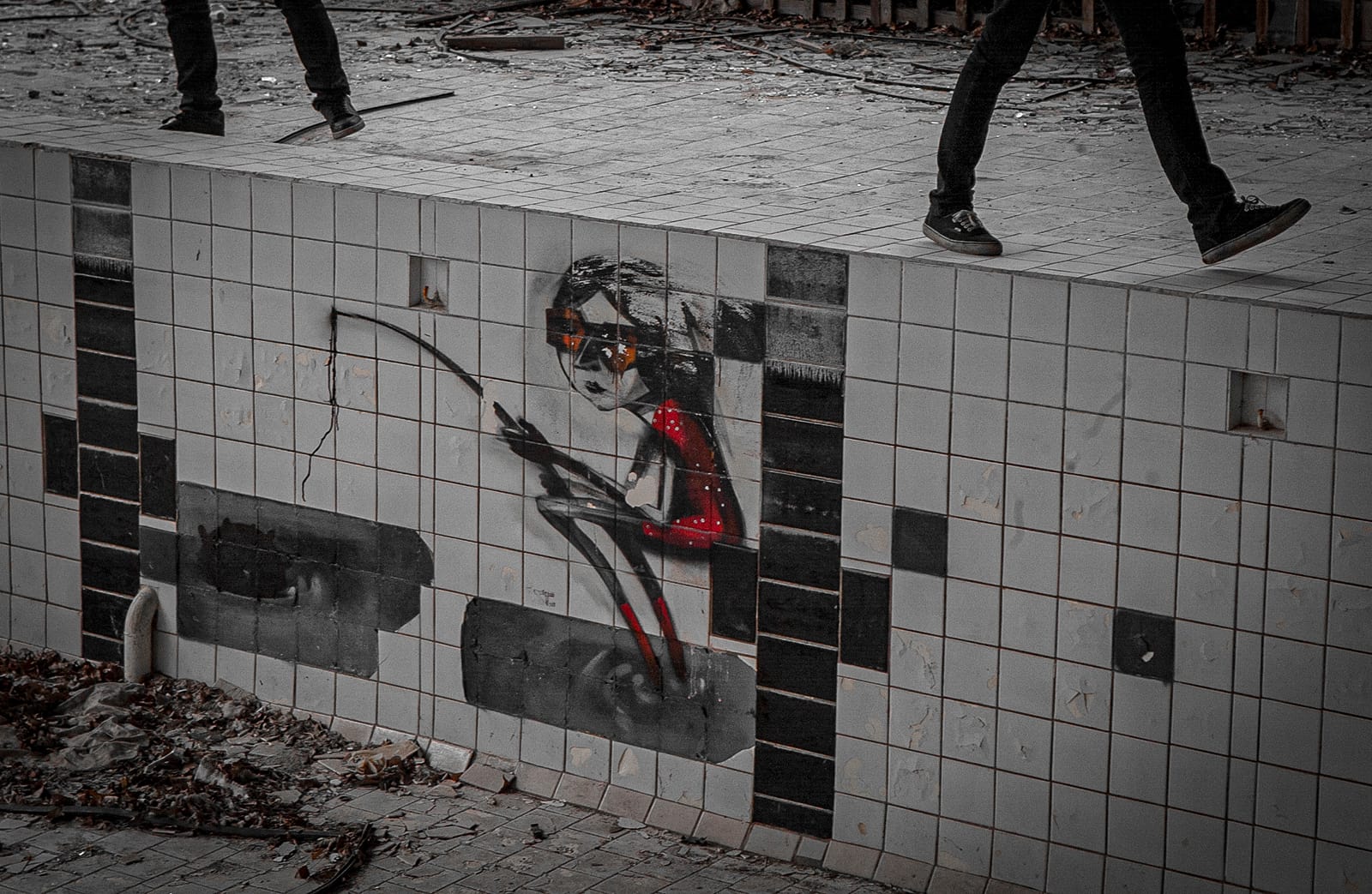

Photo: Chernobyl/Exclusion zone, Pripyat, Ukraine by Oleg Klimov, 2011
Initially, information about the disaster spread through rumors due to the strict censorship imposed by Soviet mass media. Despite the jamming of Western broadcasts, including Voice of America, partial transmissions reached Siberia and other regions, bringing awareness of the incident. Eventually, it became evident that censorship could not suppress the details of the Chernobyl disaster. This marked the emergence of Glasnost—a policy of increased transparency and openness, granting Soviet citizens broader access to information for the first time.
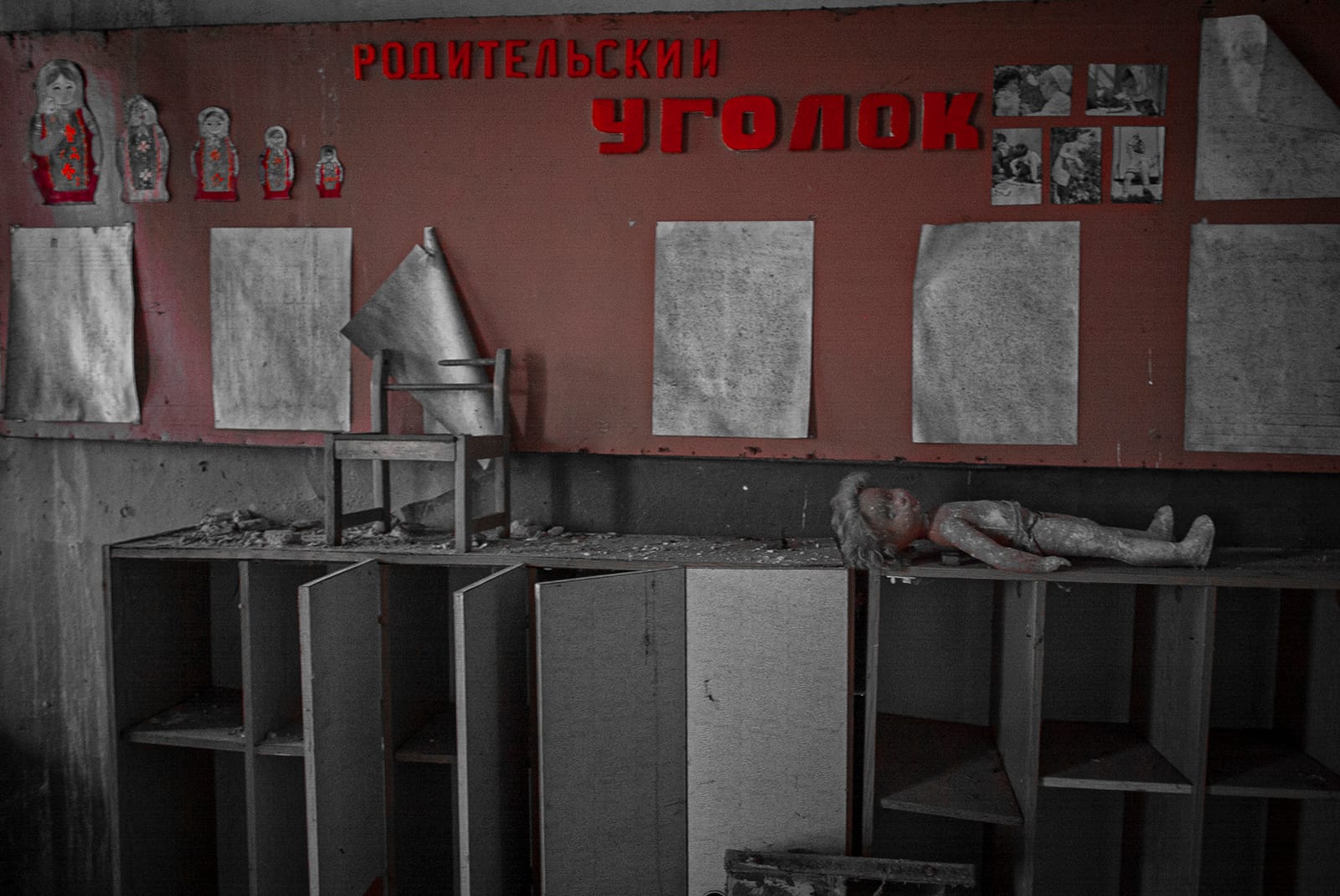
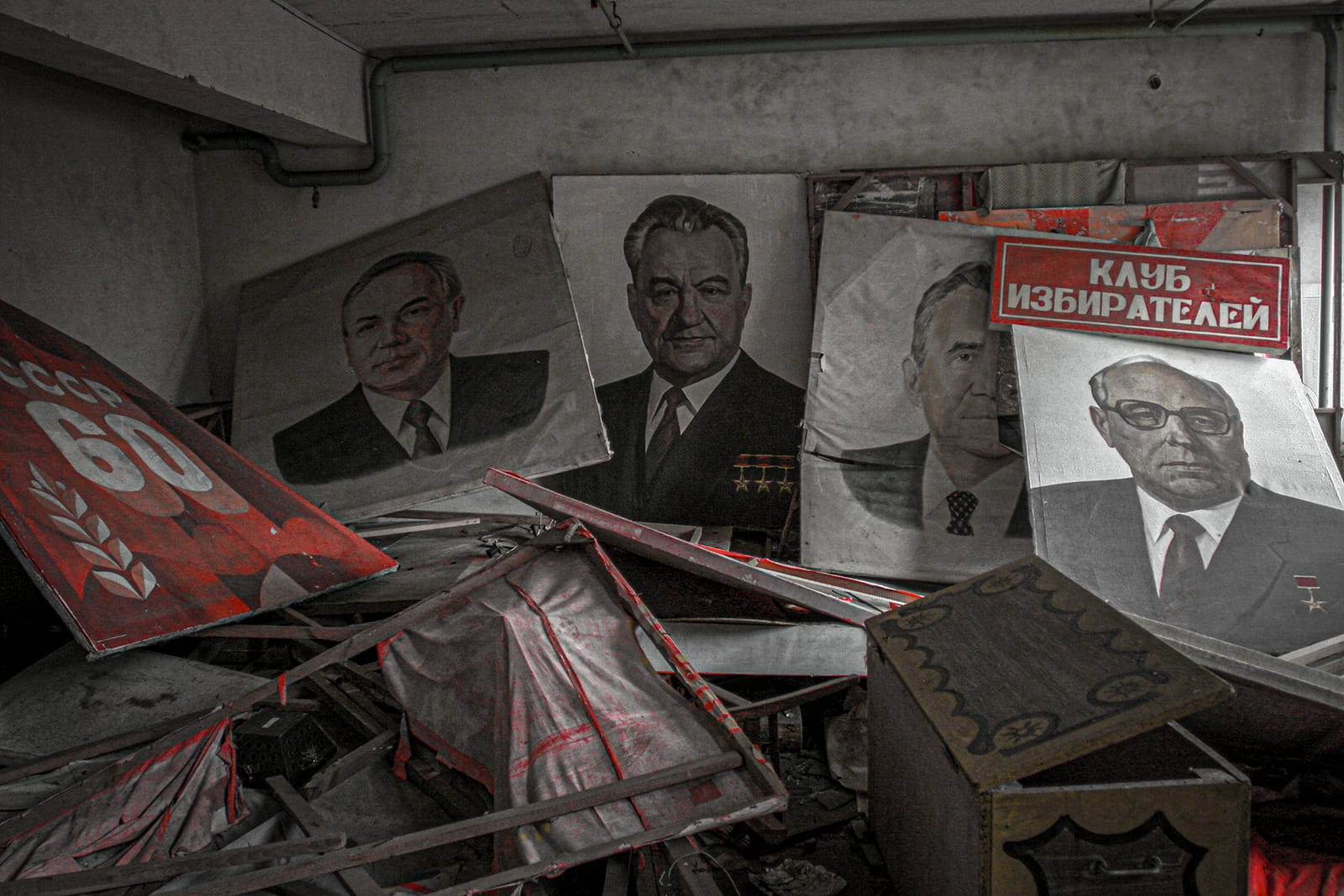
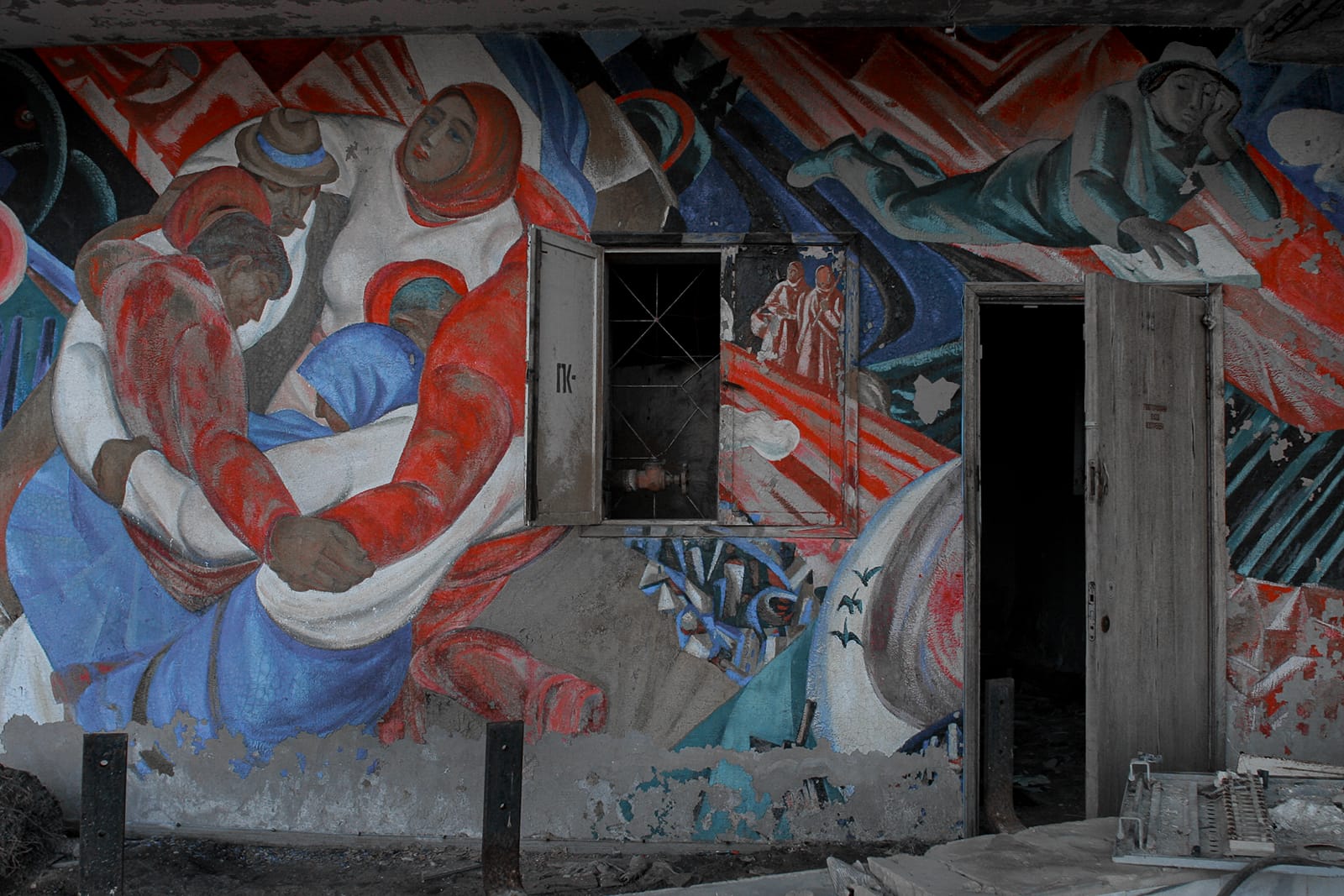
Photo: Chernobyl/Exclusion zone, Pripyat, Ukraine by Oleg Klimov, 2011
People don't live here because of radiation. However, the presence of painted human figures somehow encourages us to think that they are or were here, or perhaps only their souls remain, appearing on the walls of the ruined city, trying to communicate their thoughts and feelings.
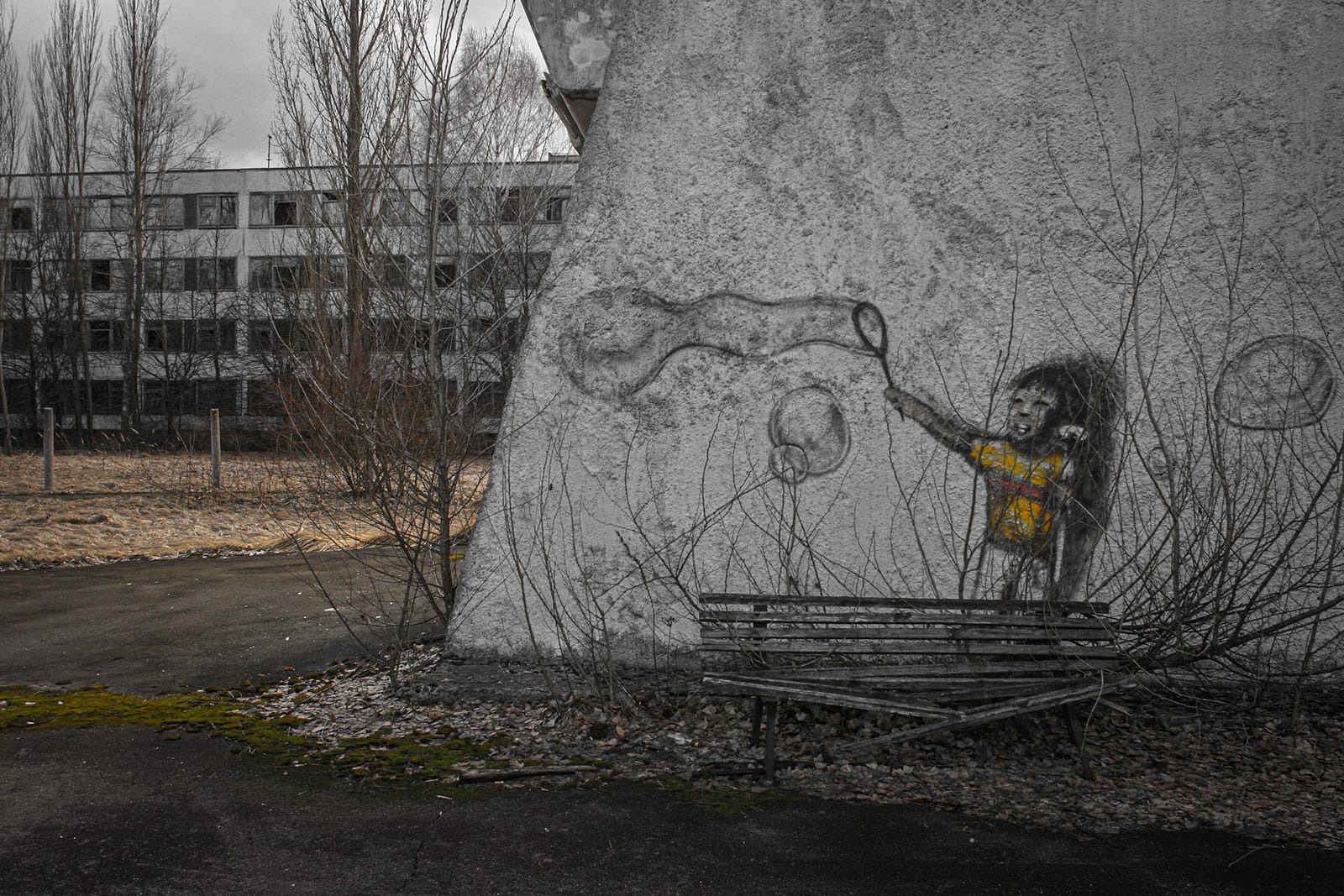
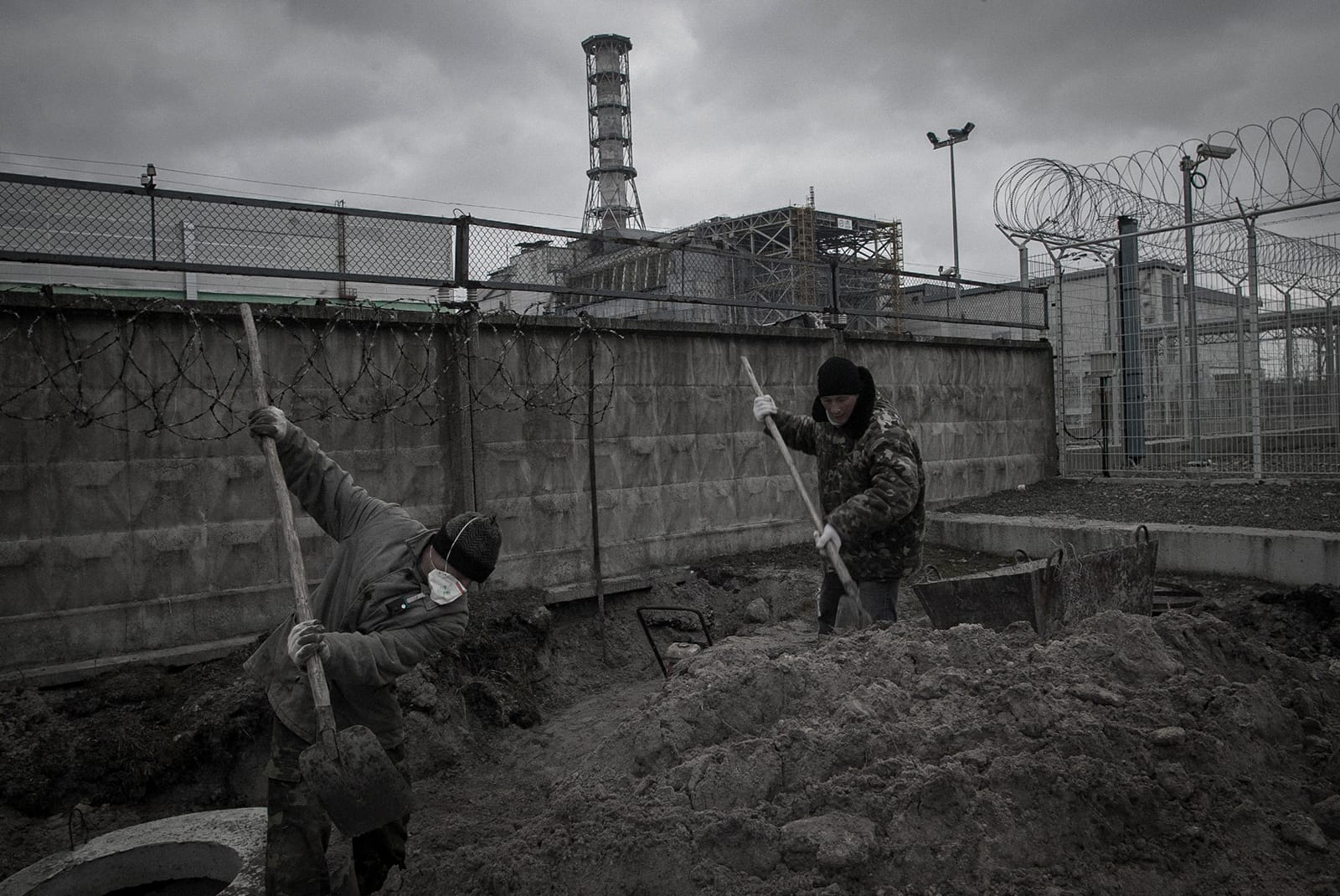

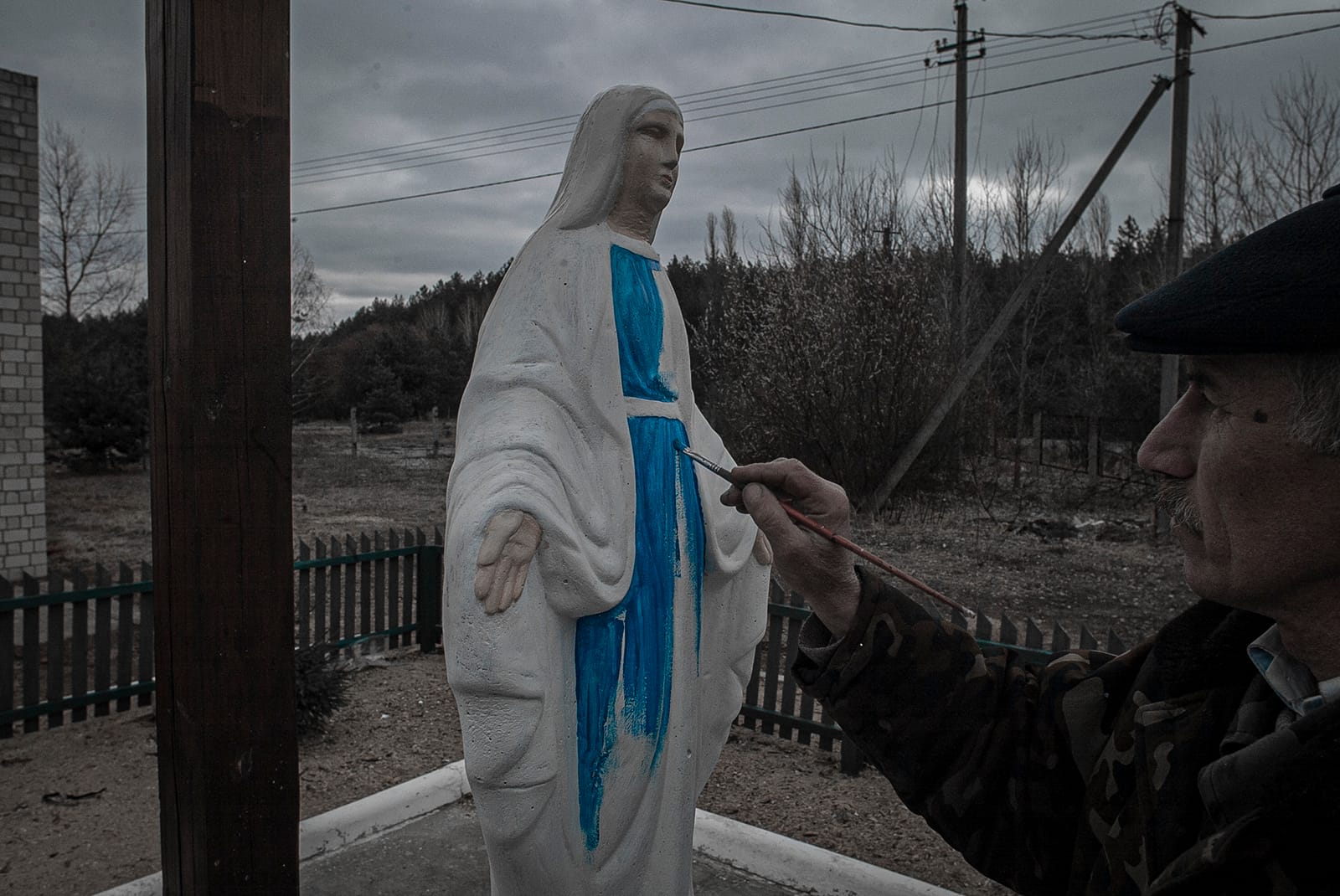
Radiation is unique. It cannot be touched or seen by the human eye. It is somewhat comparable to a spirit—something whose presence we know about but sometimes seriously doubt. Perhaps the combination of these two invisible "substances" creates visibility when superimposed? Or maybe a passionate artist, feeling like a spirit, simply painted these figures on the walls of Pripyat?
Thirty-nine years after the Chernobyl disaster, I still don't know the answer to that question.
Oleg Klimov, Freelance photographer. Donate to the work of freelancers
